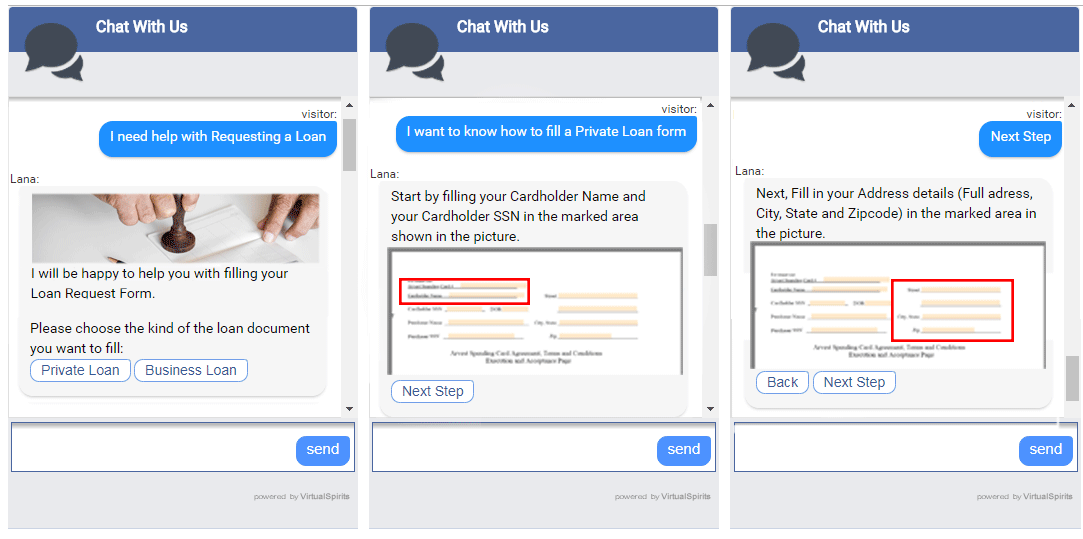
TOPICS:
Chatbot for Finance Building a chatbot
Financial services chat bot: How bots transform the financial industry
Financial institutions are optimizing themselves for the new generation of tech-savvy users, and financial services chatbots are emerging as the new face of their customer service. Their 24/7 availability, instant responses, and adaptability to a bank’s or insurance company’s voice and image, are hard to match up to. This article glances at some of the many ways in which chatbots are transforming the financial industry.

Financial services chatbots are highly-efficient, self-sufficient virtual employees:
The constraints of business hours and working days apply to a bank’s physical employees, but not to their virtual counterparts. Chatbots remain functional 24/7, and once set up, they need no human intervention to perform the tasks they’ve been assigned. Financial services chatbots also offer an unmatched level of consistency, being unaffected by ebbs and flows in a website’s visitor traffic. This allows banks and other financial institutions to offer consistent response rates, irrespective of peak hours or holiday seasons. This in turn contributes to a positive user experience.
Financial services chatbots play a key role in fraud prevention:
Apprehensions about implementing AI bots in banking and financial services often hover around the risk of security threats. In reality, though, banking chatbots have a vital role to play in fraud prevention. While building financial services chatbots, banks program them with the ability to monitor users’ transactions and expenditure trends, so as to be able to generate statistics, make financial projections, and give suitable investment advice. These capabilities can also be leveraged in order to identify signs of fraudulent or unexpected activity on an account. The bots can raise alerts in such cases, prompting banks to follow up and take action if needed.
Financial services chatbots facilitate money management:
As mentioned above, Financial services chatbots are programmed to monitor users’ financial activity and expenditure trends. At any given point in time, the bot can produce accurate and detailed information on a user’s financial position, including current balances, details of major expenses, summaries of other assets, and so on. Users can access this information at any point in time, and use it to identify areas where they can trim their expenses so as to meet their financial goals. The best chatbots for banks and financial institutions can also use the same information to make accurate predictions about the user’s financial position in the next quarter or financial year. Based on these stats, they can offer investment advice or suggest financial products or services that the user can benefit from.
Financial services chatbots can promote financial products and generate leads.
Besides assisting existing customers with their financial goals and expense tracking, banking chatbots can also be deployed to engage new customers. Potential customers who are already visiting a bank’s website in search of information on interest rates or credit cards, can be approached by the bank’s online chatbot. The chatbot can offer to help them find the information they need, and pitch the latest offers on the bank’s financial products. The immediacy and the conversational nature of the interaction typically draws positive responses from these potential customers, who then open accounts with the bank, or turn into leads for future promotional campaigns.
Follow our blog for more articles on building chatbots for banking, insurance, and other financial services, or get in touch with us for details on chatbot development for your business.